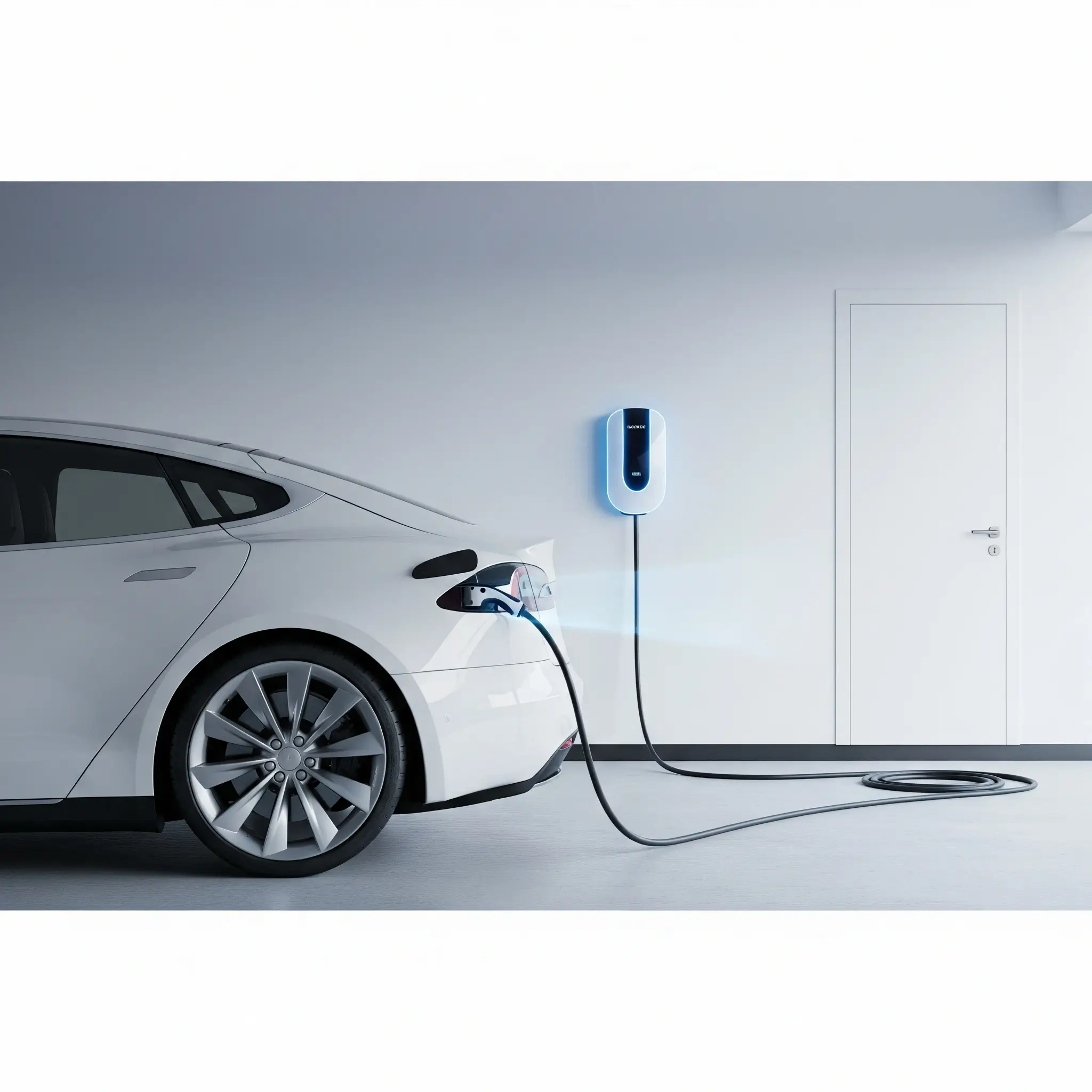If you’re thinking about getting an electric vehicle, one of the first questions that comes up is charging at home. The good news is that home charging is usually the most convenient and cost-effective way to keep your EV powered up, and it’s more straightforward than many people think.
There are two main types of home charging setups. Level 1 charging uses a standard 120-volt outlet – the same kind you plug your phone charger into. It’s slow, adding about 3-5 miles of range per hour, but it works fine if you don’t drive much or can charge overnight. Level 2 charging uses a 240-volt outlet (like your dryer uses) and charges much faster, adding 20-40 miles of range per hour depending on your car and charger.
Most EV owners end up installing a Level 2 charging station in their garage or driveway. You’ll need an electrician to install the proper outlet and possibly upgrade your electrical panel if it can’t handle the extra load. The charging station itself plugs into this outlet and connects to your car with a charging cable. Many stations come with smart features like scheduling charges for off-peak hours when electricity rates are lower.
The installation process typically takes a few hours, and costs vary depending on how far the new outlet is from your electrical panel and whether any upgrades are needed. Many utility companies offer rebates for home charging station installations, which can help offset the cost. Your electrician can assess your current electrical setup and recommend the best approach for your situation.
Once you have home charging set up, you’ll probably do most of your charging overnight while you sleep. It’s like having a gas station in your garage – you plug in when you get home, and wake up to a full “tank” every morning. For most people’s daily driving needs, this eliminates the need to visit public charging stations except on longer trips.

